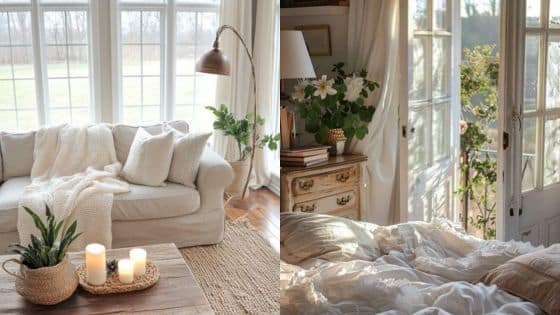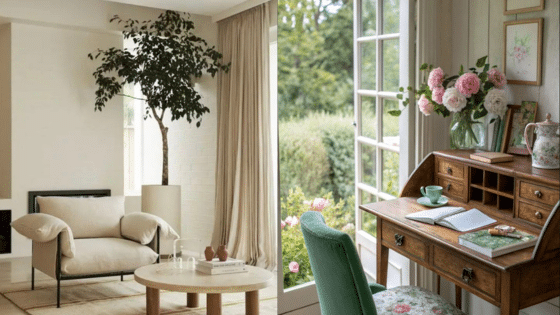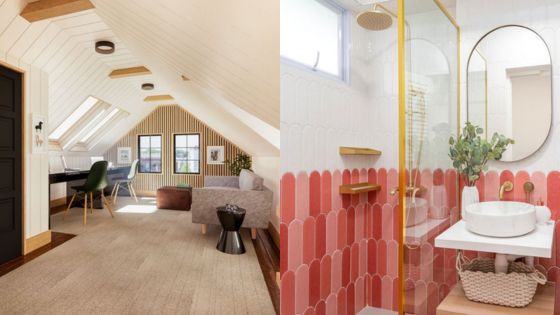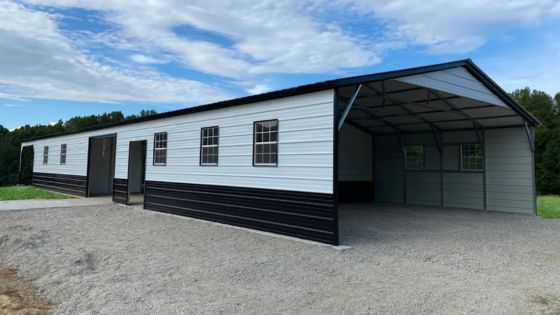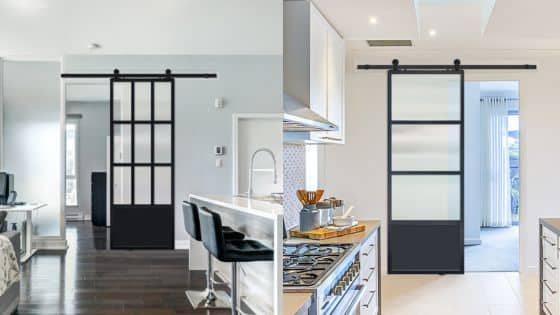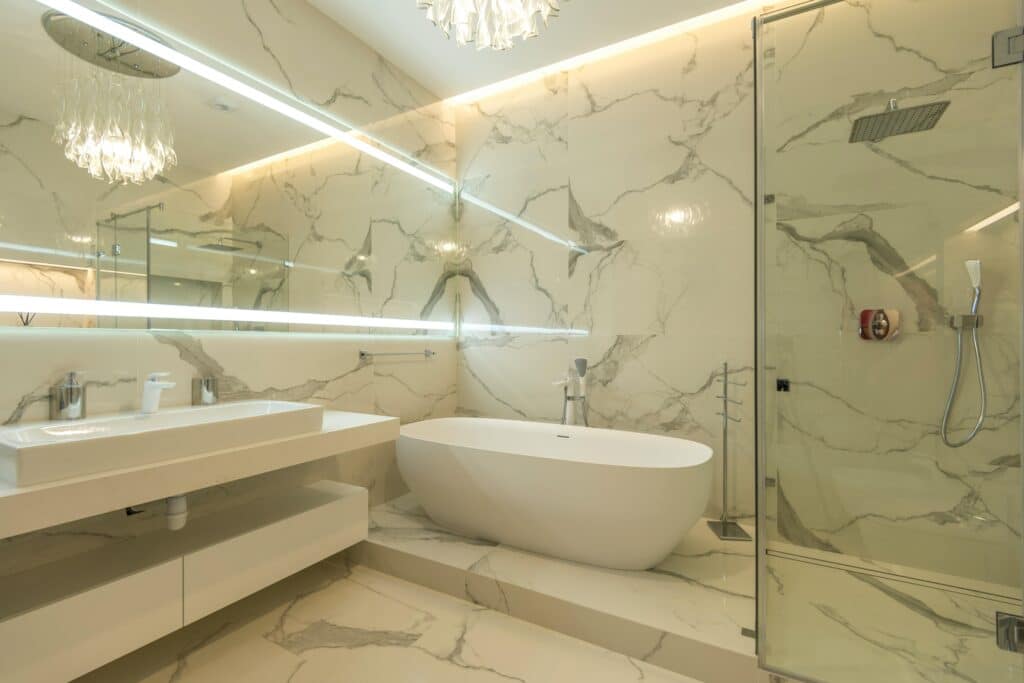
Ever feel like your bathroom is beyond quick fixes—leaky faucets, stained grout, and constant patch jobs that never last? Bathrooms reveal the true age of a home, and outdated or damaged ones can drain your wallet, comfort, and health.
In this blog, we will share the signs your bathroom needs more than surface repairs, when upgrades make sense, and why real solutions now can save you stress and money later.
When the Cracks Run Deeper Than the Surface

A bathroom is built to handle moisture, but over time water always finds a way to win. Cracked tiles, soft spots in flooring, or bubbling paint on walls are more than cosmetic issues. They’re signs that water has seeped beneath the surface, slowly damaging the structure beneath. Left unchecked, those small issues turn into mold growth, warped wood, and crumbling drywall. That’s not just unpleasant—it can make your home unsafe.
Sometimes, the problem shows up in ways you can’t miss. Maybe your shower leaks into the room below or the floor feels spongy when you step out of the tub. Other times, the signs are more subtle, like recurring mildew despite regular cleaning. These are not problems that a little caulk or a weekend DIY job can solve. They point to deeper damage that demands a bigger fix.This is often where a replacement shower becomes necessary. Not because you want the latest design trend, but because the existing setup has reached the end of its useful life. If water has been sneaking behind the walls or under the base for years, no amount of patching will undo the damage. Replacing the unit is the only way to protect your home from further deterioration. It’s also the moment when you realize that upgrades aren’t just about looks—they’re about keeping your house standing strong.
Ignoring these signs usually costs more in the long run. Repairs pile up, hidden damage spreads, and eventually the job that could have been handled earlier turns into a full-scale renovation. In an era where inflation has pushed construction costs higher, waiting too long is a gamble many homeowners can’t afford.
When Repairs Become a Full-Time Job
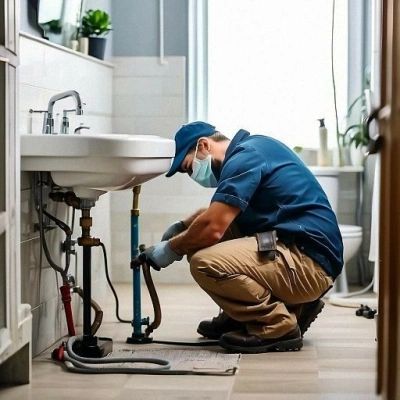
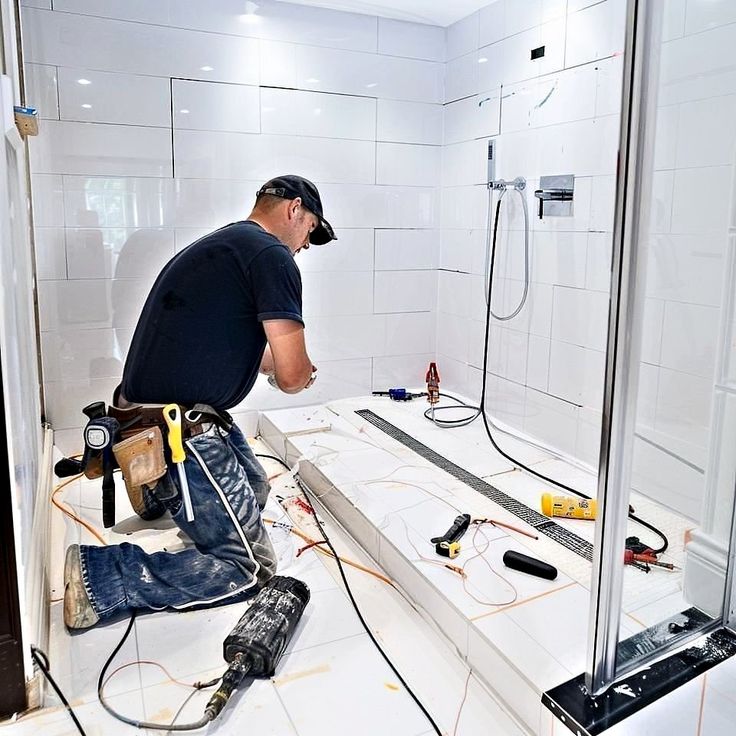
Another sign your bathroom needs more than a quick fix is when you feel like you’re constantly repairing something. The faucet that leaks again two months after it was “fixed.” The toilet that never flushes quite right. The showerhead that drips no matter how many washers you replace. These recurring problems tell a clear story: the system is outdated, and piecemeal repairs are just prolonging the inevitable.
This pattern mirrors a larger cultural problem. We live in a world addicted to short-term fixes. From patching potholes instead of rebuilding roads to offering quick solutions to complex social issues, we often settle for temporary relief instead of addressing root causes. Bathrooms are a small-scale version of that mindset. You can keep swapping parts, but eventually the entire setup needs a reset.
Think about it in terms of time. Every hour spent repairing the same leak or unclogging the same drain is time you’ll never get back. At some point, the convenience of a functional, reliable bathroom outweighs the small savings of repeated patch jobs. Investing in real upgrades is an investment in peace of mind.
Outdated Design That No Longer Works for You

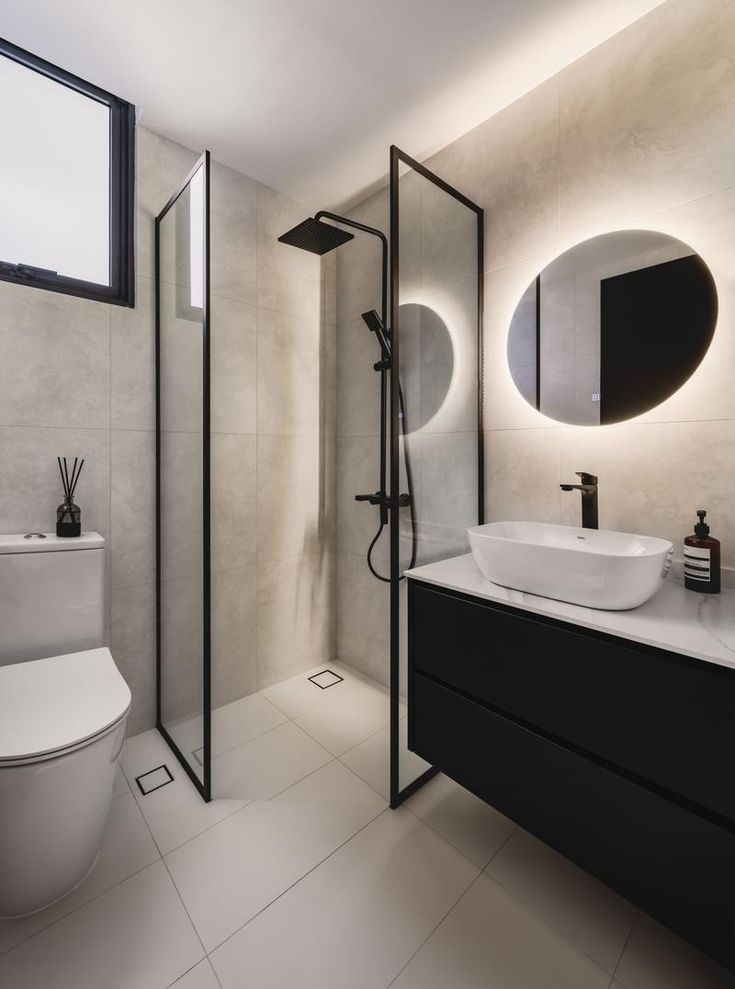
A bathroom doesn’t have to be broken to be a problem. Sometimes the issue is that the space no longer fits your lifestyle. Families grow. Needs change. What worked five years ago might feel cramped or unsafe today. Stepping into a high-sided tub might have been fine when you were younger, but now it’s a daily hazard. Or maybe your morning routine involves multiple people fighting for space around a single sink.
In recent years, there’s been a societal shift toward making homes adaptable and inclusive. Aging-in-place design, universal accessibility, and energy-efficient updates aren’t just buzzwords—they’re practical solutions for everyday living. Bathrooms are at the center of this shift. Walk-in showers, water-saving fixtures, and better lighting don’t just look modern. They make life easier, safer, and more affordable in the long run.
If you find yourself frustrated every time you step into your bathroom, it’s worth asking if the space is still serving you. A remodel isn’t just about aesthetics. It’s about improving functionality to match the way you live now.
When Water and Energy Bills Keep Climbing
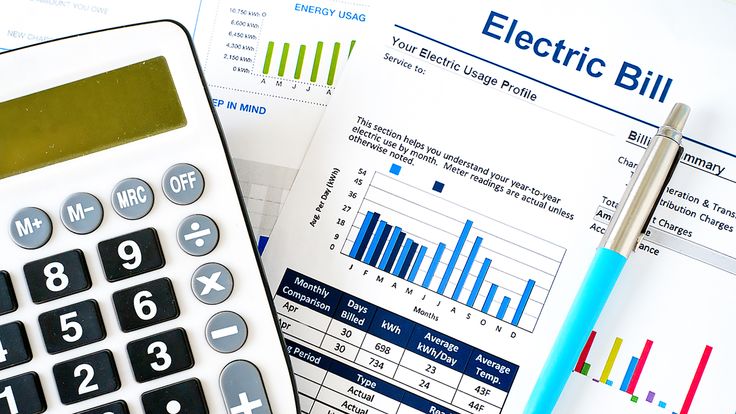
A bathroom that’s stuck in the past often shows up on your monthly bills. Old toilets use far more water than modern designs. Leaky faucets waste gallons each year. Outdated lighting and poor ventilation drive up electricity costs. Even showers that struggle with temperature control can lead to wasted hot water.
These inefficiencies aren’t minor. In a world increasingly conscious of environmental impact, they add up quickly. According to the EPA, the average household can save 700 gallons of water each year simply by swapping out a showerhead for a water-efficient model. Multiply that by outdated toilets and faucets, and the numbers become too big to ignore.
Fixing these issues one at a time is possible, but it often costs more than addressing them all at once in a larger project. A full update gives you the chance to modernize your bathroom for both comfort and efficiency. The payoff is lower utility bills and a smaller footprint on the environment.
When the Room Affects Your Mood
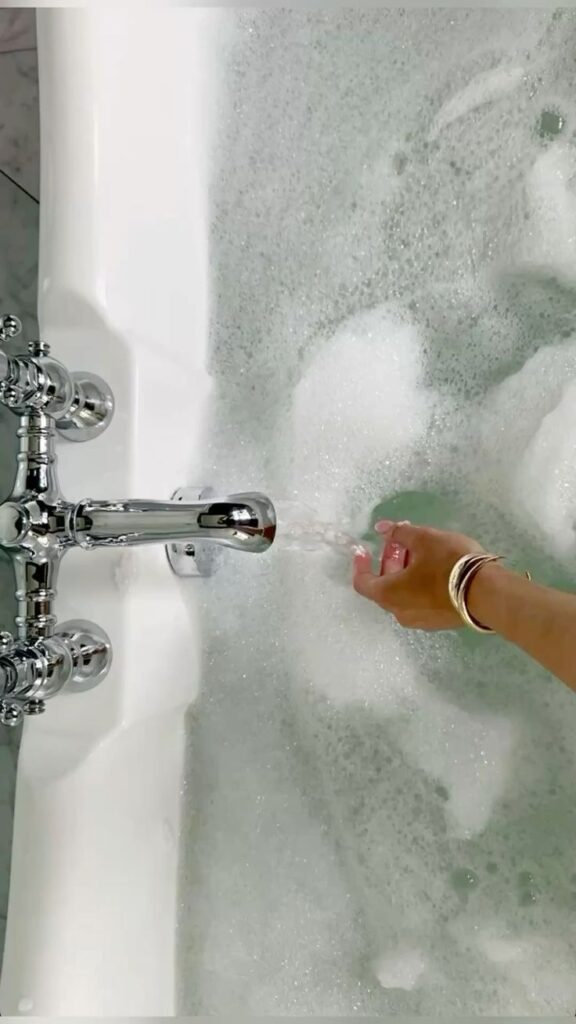
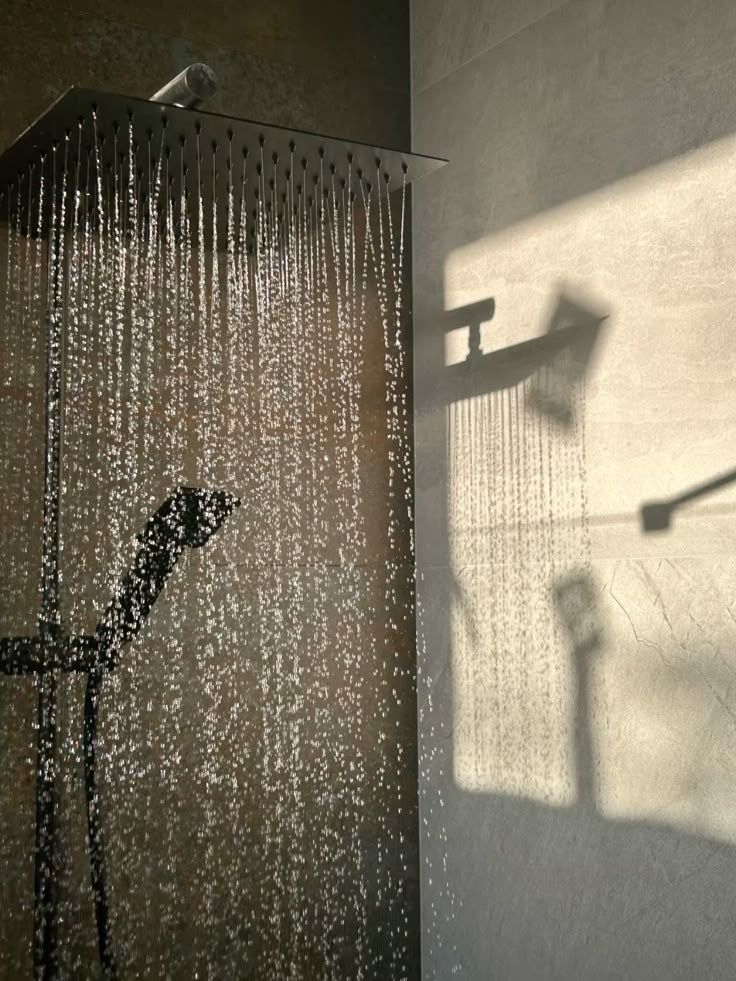
Bathrooms are often dismissed as purely functional spaces, but anyone who has lived with an outdated or damaged one knows how much it affects daily life. A space that feels dingy, cramped, or constantly broken wears down your mood. Over time, the frustration of living with a bathroom that doesn’t work right can impact your overall sense of comfort at home.
This is especially true in a culture where self-care has become part of the conversation. People look to their homes for relaxation and stability. A bathroom that adds stress instead of relief undermines that goal. Upgrading the space isn’t just about fixing problems. It’s about creating a room that supports well-being.
And here’s the irony: we spend so much time and money on things we interact with less often. Phones, streaming services, gadgets. Yet the bathroom is one of the most used rooms in the house, and one of the most overlooked when it comes to meaningful investment.
The bottom line? In today’s world, where uncertainty feels constant, having a bathroom that works reliably and meets your needs is a form of stability. And stability, more than luxury, is what makes a house truly feel like home.
- 3shares
- Facebook0
- Pinterest0
- Twitter3
- Reddit0








